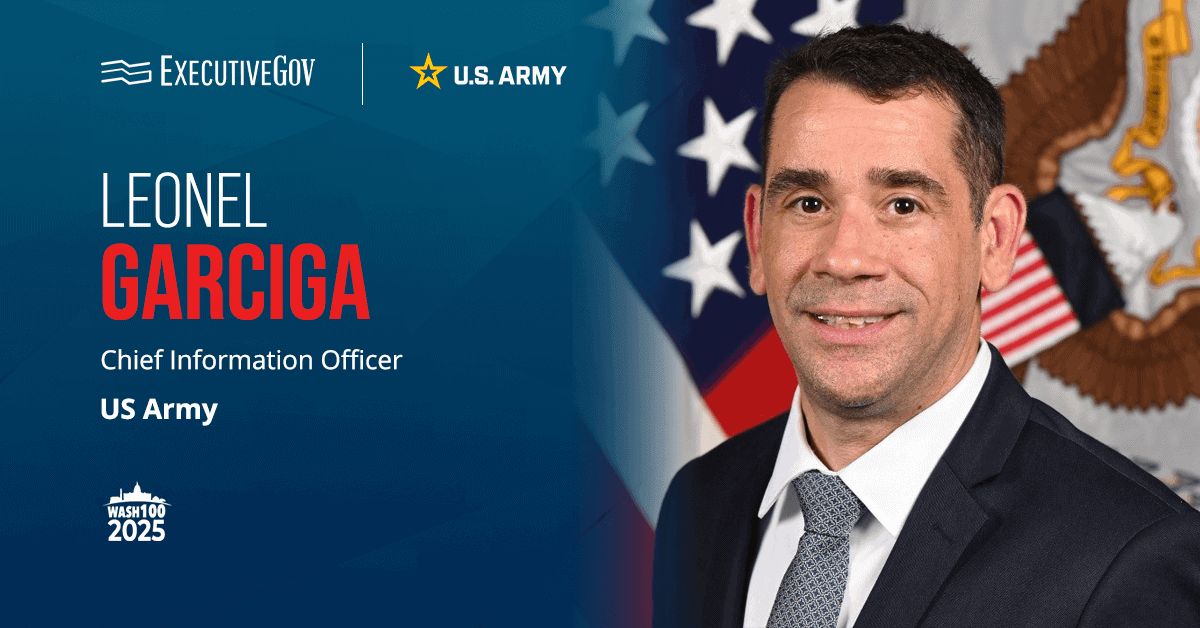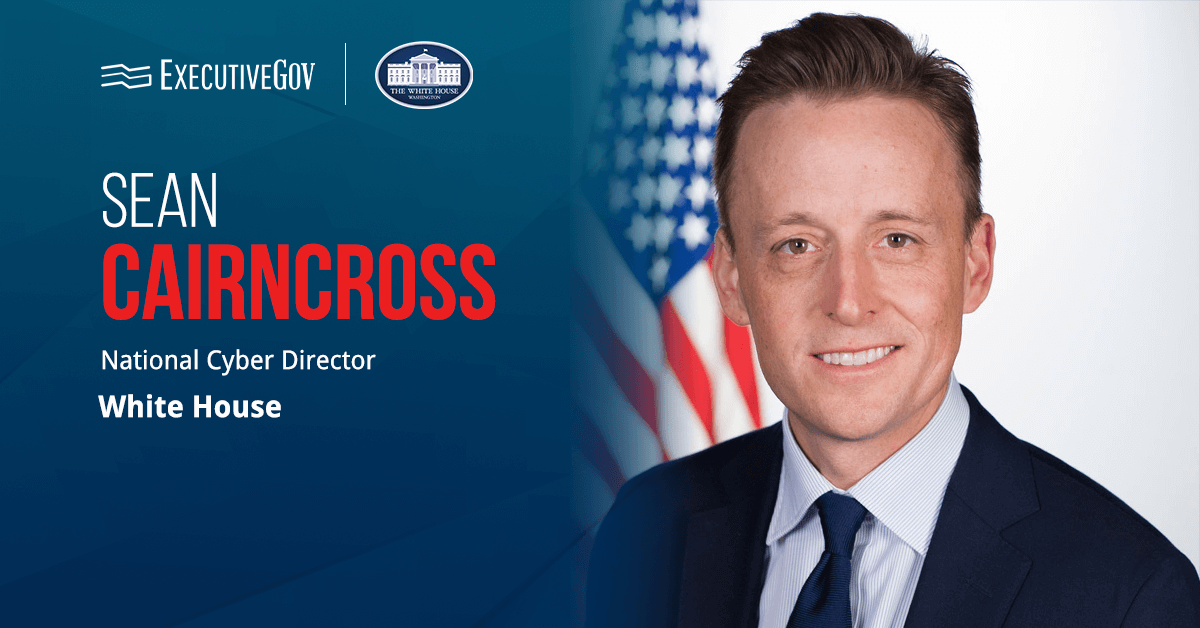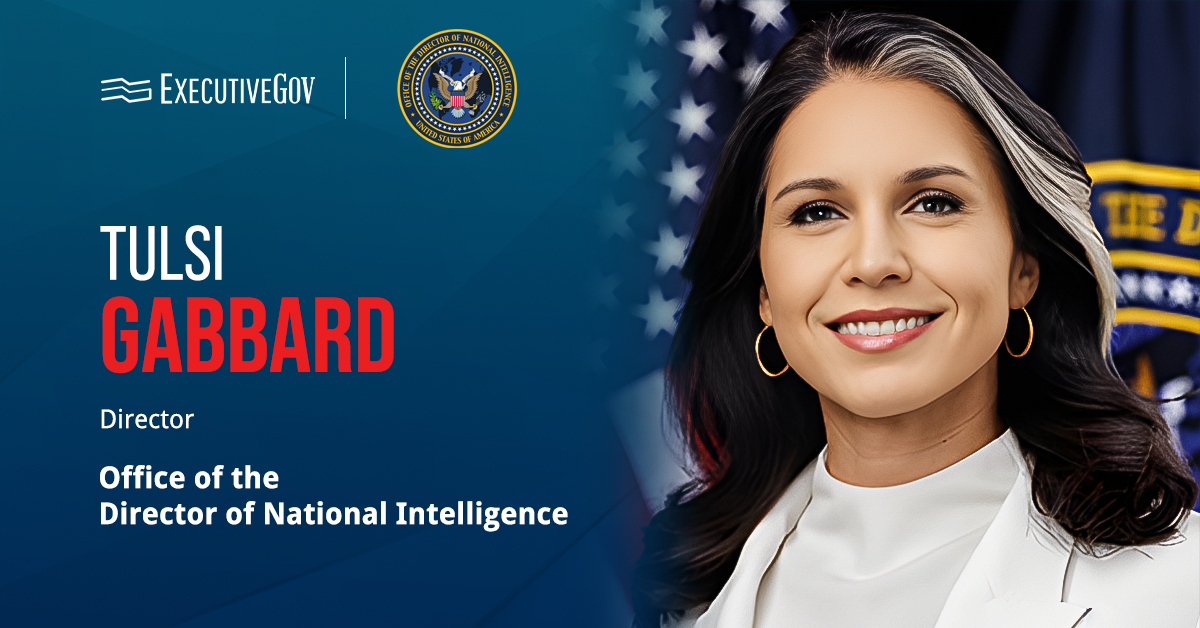The U.S. Army has launched a pilot program granting corps commanders the authority to manage their cyber terrain, Breaking Defense reported.
“For the first time ever in the Army, we actually push those authorizing official authorities down to a corps commander to make sure that they can manage their cyber terrain and fight their cyber terrain,” said Army Chief Information Officer Leonel Garciga, a two-time Wash100 Award recipient, during a Federal News Network webinar. “It’s about giving commanders the space to make decisions instead of relying on a headquarters element that’s disconnected from the fight.”
Table of Contents
Why Is the Army Changing How It Manages Cyber Terrain?
Previously, corps commanders needed permission from program executive offices or the Department of the Army to make adjustments to their assigned network equipment or move systems into theater.
By delegating authority to corps-level leaders, the Army is giving decision rights to those responsible for mission outcomes. “That delegation was really about just putting the risk in the right place for the right risk decision maker,” Garciga said. “It made a lot of folks uncomfortable and some folks are still uncomfortable, but it’s really about how we’re going to fight and how we’re going to fight in the future.”
Where Is the Pilot Program Taking Place?
The pilot began three months ago with the XVIII Airborne Corps, with I Corps scheduled to follow. Garciga said his office is working with the Army G-6 to capture lessons learned and issue implementation guidance to accelerate future rollouts.
What Are the Boundaries of the New Authority?
Garciga emphasized that the delegation of authority is not absolute. “There’s flexibility, but within reason,” he said. Corps commanders will still follow the same authorizing framework that governs cybersecurity risk decisions across the Army.
However, they will no longer need to reach back to a program office or another command for routine approvals. For issues involving critical vulnerabilities or higher-level risk, units must still coordinate with headquarters.
“The big thing is making sure that they’re manned, trained and equipped to support that requirement and take on those risks and put that overhead that was done somewhere else, back on to commanders.”





